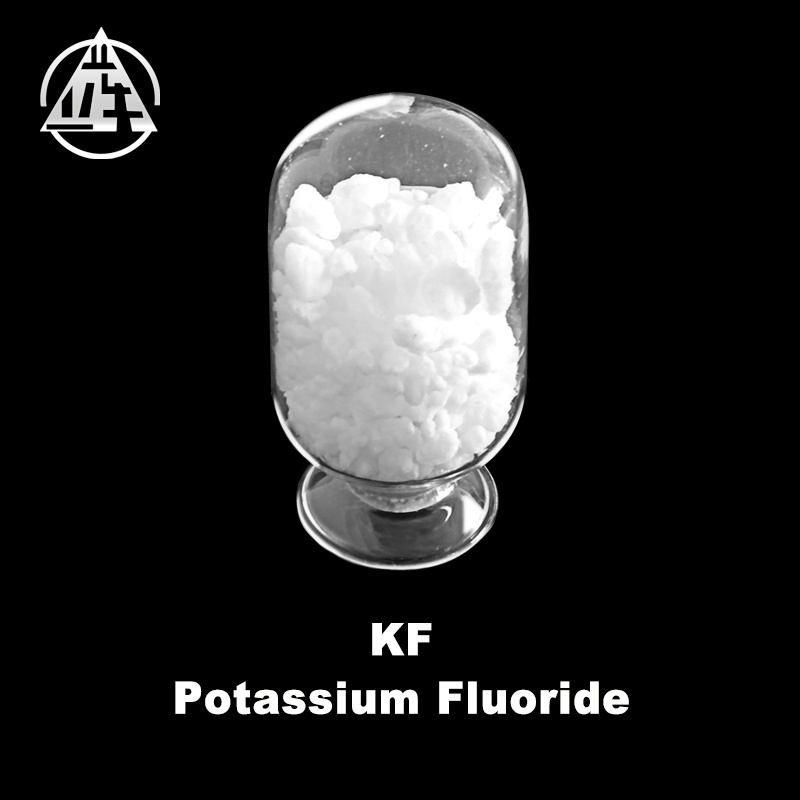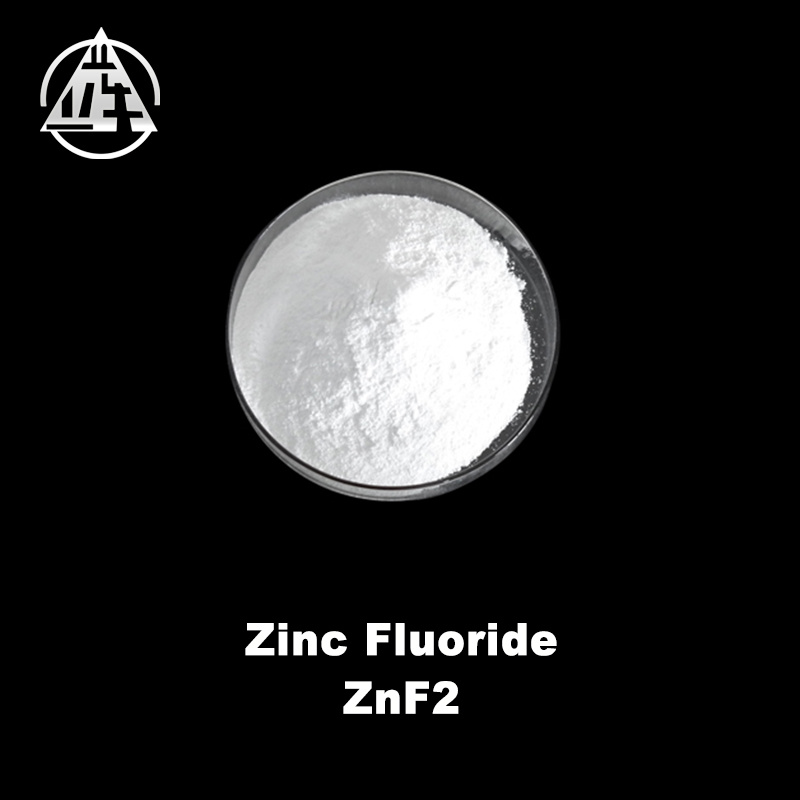Lutetium Fluoride (LuF3): A Prominent Inorganic Salt in the Chemical Industry
Release Time:
2023-11-14
Introduction: Lutetium fluoride (LuF3) is a notable inorganic salt widely employed in various industries, including the chemical sector. As a professional in the field of inorganic materials, it is crucial to understand the essential aspects of this compound. This article will delve into the properties, production process, and potential applications of lutetium fluoride, shedding light on its sign
Introduction:
Lutetium fluoride (LuF3) is a notable inorganic salt widely employed in various industries, including the chemical sector. As a professional in the field of inorganic materials, it is crucial to understand the essential aspects of this compound. This article will delve into the properties, production process, and potential applications of lutetium fluoride, shedding light on its significance in the chemical industry.
Properties of Lutetium Fluoride:
Lutetium fluoride (LuF3) exhibits several unique characteristics that make it valuable in chemical applications. It possesses a high melting point of approximately 1,297 degrees Celsius and a density of 8.44 grams per cubic centimeter. LuF3 appears as a white crystalline solid and is highly insoluble in water. Moreover, lutetium fluoride demonstrates excellent thermal stability and can withstand harsh conditions, making it suitable for various industrial processes.
Production Process:
The production of lutetium fluoride typically involves the reaction between lutetium oxide (Lu2O3) and hydrofluoric acid (HF). Initially, Lu2O3 is mixed with HF, resulting in the formation of lutetium fluoride as a precipitate. This precipitate is then filtered, washed, and dried to obtain the desired LuF3 powder. The purity of the final product can be enhanced through additional purification techniques, ensuring its suitability for specific applications in the chemical industry.
Applications in the Chemical Industry:
Lutetium fluoride finds multiple applications within the chemical industry, particularly in the field of inorganic materials. Its unique properties enable its use in catalytic processes, such as the production of fine chemicals and pharmaceutical intermediates. LuF3 also serves as a precursor for the synthesis of other lutetium compounds, which have diverse industrial applications. Furthermore, lutetium fluoride is employed in the fabrication of optical materials, including crystals and thin films, due to its excellent transparency in the infrared region.
In conclusion, lutetium fluoride (LuF3) holds significant importance as an inorganic salt in the chemical industry, specifically in the realm of inorganic materials. Its distinct properties, such as high melting point, thermal stability, and insolubility, contribute to its versatility and suitability for various applications. Understanding the production process and potential uses of lutetium fluoride equips professionals in the chemical industry with valuable knowledge, enabling them to explore its benefits and employ it effectively in their respective fields.
Lutetium fluoride (LuF3) is a notable inorganic salt widely employed in various industries, including the chemical sector. As a professional in the field of inorganic materials, it is crucial to understand the essential aspects of this compound. This article will delve into the properties, production process, and potential applications of lutetium fluoride, shedding light on its significance in the chemical industry.
Properties of Lutetium Fluoride:
Lutetium fluoride (LuF3) exhibits several unique characteristics that make it valuable in chemical applications. It possesses a high melting point of approximately 1,297 degrees Celsius and a density of 8.44 grams per cubic centimeter. LuF3 appears as a white crystalline solid and is highly insoluble in water. Moreover, lutetium fluoride demonstrates excellent thermal stability and can withstand harsh conditions, making it suitable for various industrial processes.
Production Process:
The production of lutetium fluoride typically involves the reaction between lutetium oxide (Lu2O3) and hydrofluoric acid (HF). Initially, Lu2O3 is mixed with HF, resulting in the formation of lutetium fluoride as a precipitate. This precipitate is then filtered, washed, and dried to obtain the desired LuF3 powder. The purity of the final product can be enhanced through additional purification techniques, ensuring its suitability for specific applications in the chemical industry.
Applications in the Chemical Industry:
Lutetium fluoride finds multiple applications within the chemical industry, particularly in the field of inorganic materials. Its unique properties enable its use in catalytic processes, such as the production of fine chemicals and pharmaceutical intermediates. LuF3 also serves as a precursor for the synthesis of other lutetium compounds, which have diverse industrial applications. Furthermore, lutetium fluoride is employed in the fabrication of optical materials, including crystals and thin films, due to its excellent transparency in the infrared region.
In conclusion, lutetium fluoride (LuF3) holds significant importance as an inorganic salt in the chemical industry, specifically in the realm of inorganic materials. Its distinct properties, such as high melting point, thermal stability, and insolubility, contribute to its versatility and suitability for various applications. Understanding the production process and potential uses of lutetium fluoride equips professionals in the chemical industry with valuable knowledge, enabling them to explore its benefits and employ it effectively in their respective fields.



